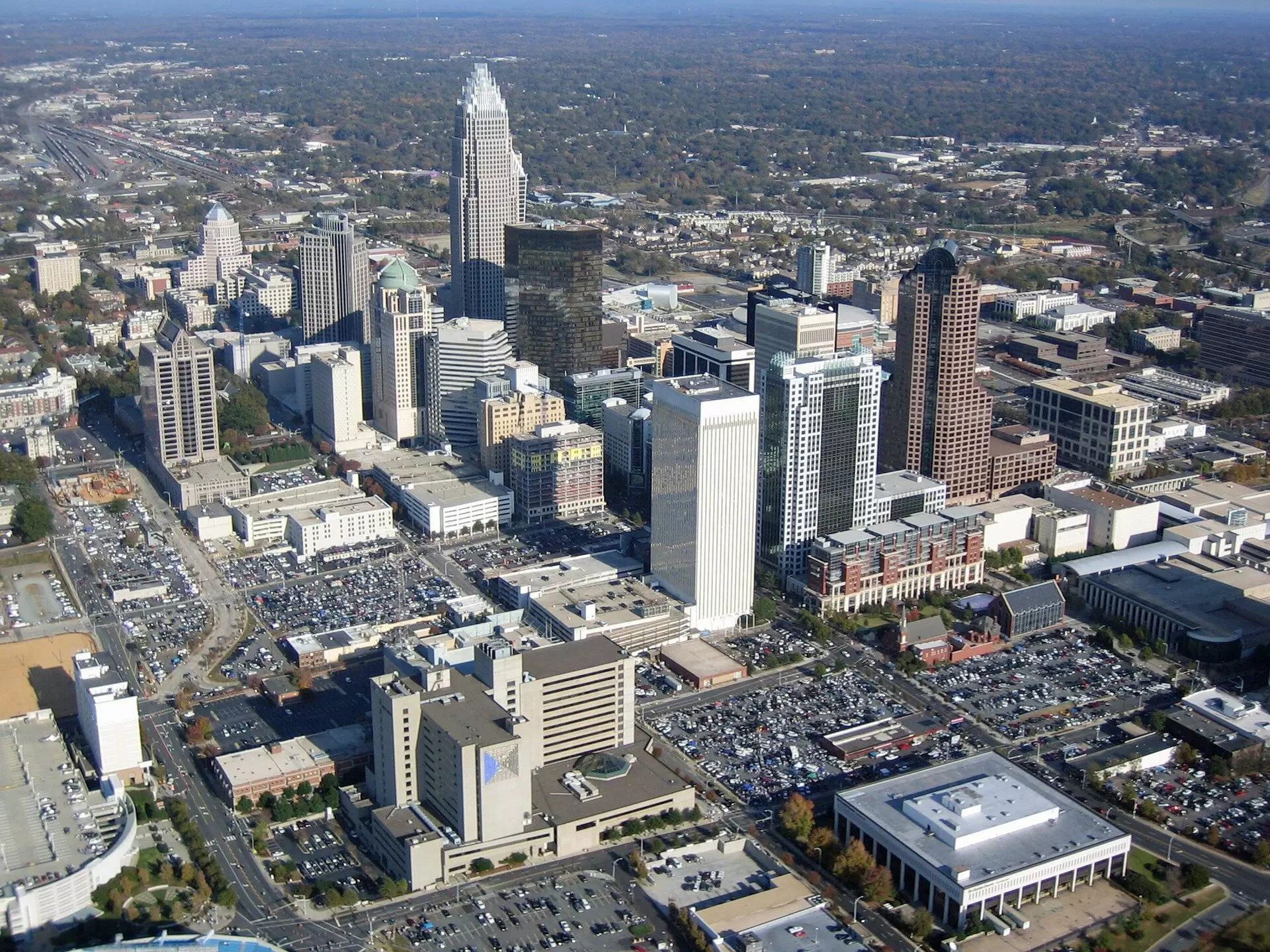As climate change accelerates, the consequences are particularly dire for cities in the Global South, where the interplay between extreme heat and urbanization presents a severe challenge. A recent study published in *Nature Communications* reveals a stark disparity in urban cooling capacity between Global South and Global North cities. The research asserts that cities in the Global South possess only 70% of the cooling capacity associated with urban greenery found in their northern counterparts. With rising temperatures further exacerbated by the “urban heat island” effect—where urban areas experience significantly higher temperatures than rural surroundings—the health risks posed by heat-related illnesses are increasing alarmingly. Urban areas, which already serve as vibrant hubs of human activity, must therefore address the necessity for green spaces that provide refuge from soaring temperatures.
Urban green spaces—parks, gardens, and street trees—play a crucial role in mitigating the heat in urban environments. The cooling effect is achieved through mechanisms such as shading and transpiration, where plants release moisture into the air. According to Professor Tim Lenton from the University of Exeter, urban greenery can lower surface temperatures by an average of 3°C during warmer months. This reduction could have life-saving implications for the most vulnerable populations in Global South cities, particularly for those living in slums where the consequences of extreme heat are most acute.
The study in question utilized satellite data from the 500 largest cities globally to quantify their “cooling capacity.” Remarkably, while U.S. cities occupied all ten spots for the highest cooling capacities—with cities like Charlotte and Raleigh-Durham leading the pack—many cities in the Global South struggled to provide even basic relief from heat. Such disparities highlight an urgent need for targeted investment in urban greenery to create more equitable living conditions as climate impacts become increasingly apparent.
Disparities in Access and Benefits
One of the most alarming findings of the study is the inequality in the distribution of cooling benefits derived from urban greenery. Residents in Global South cities receive a mere 2.2°C reduction in temperature, overshadowed by the 3.4°C benefit enjoyed by those in the Global North. This gap is partially attributed to the quantity and quality of vegetation in urban spaces, as well as to differences in green space management. The fact that wealthier city neighborhoods typically host more extensive green spaces only deepens the inequities faced by lower-income residents, who are often the most affected by extreme heat.
The geographical focus of green spaces also restricts access; as green areas tend to be located in affluent districts, marginalized populations face limited benefits from these environmental assets. The research sheds light on the pressing need for policies that prioritize the equitable distribution of urban greenery across all socioeconomic sectors.
Despite the challenges presented in the Global South, there is a significant opportunity for improvement. Experts like Professor Chi Xu from Nanjing University emphasize that by investing in increasing urban greenery, the Global South can enhance its resilience to heat stress and climate variability. The transition to greener cities is not straightforward—it requires financial commitment and strategic planning, especially in regions where resources are limited. However, the long-term benefits of cultivating green infrastructure can lead to sustainable urban environments where communities can thrive.
Collaborative efforts among urban planners, environmental scientists, and local governments are essential to regreen cities effectively. Policies aimed at preserving existing green spaces and introducing new ones must be prioritized. Moreover, engaging local communities in the planning and maintenance of these spaces can empower residents and foster a sense of ownership over their urban environments.
Moving Forward: A Call for Immediate Action
As more than a fifth of humanity faces the prospect of dangerously hot conditions by 2100, proactive measures are paramount. Government and local agencies in the Global South must reevaluate their approaches to urban development with a focus on sustainability and climate resilience. By championing urban greenery as a transformative solution to the climate crisis, cities can become not only more livable environments but also equitable spaces where all residents can enjoy the essential benefits of nature.
The pathway to a cooler, more sustainable future lies in recognizing the importance of green spaces in urban settings and prioritizing their development and maintenance. Failure to act could lead to crisis-like conditions that threaten the health and well-being of vulnerable populations, making it essential to invest in a greener, healthier urban landscape for all.


Leave a Reply